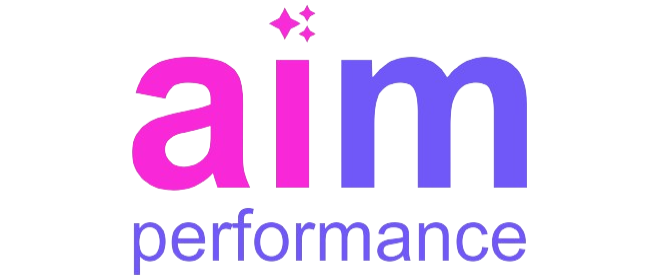Introduction: Understanding 360-Degree Feedback
360-degree feedback is a comprehensive performance management tool that gathers feedback from an employee’s superiors, peers, subordinates, and sometimes, clients. This multifaceted approach provides a well-rounded view of an employee’s performance, helping organizations to make informed decisions and develop their workforce effectively.
The Significance of 360-Degree Feedback
360-degree feedback is more than just a tool for performance reviews; it is a catalyst for professional growth. By providing employees with insights from various perspectives, it helps them understand their strengths and areas for improvement. This holistic feedback mechanism fosters a culture of continuous development and accountability.
Enhancing White Collar Performance
For white-collar employees, who often work in managerial or professional roles, 360-degree feedback is particularly beneficial. It helps them gain insights into their leadership styles, interpersonal skills, and strategic thinking. Managers can identify how well they are motivating their teams and where they can improve in delegating tasks and communicating effectively.
Furthermore, this also encourages white-collar workforce to engage in self-reflection. By receiving feedback from different sources, they can compare their self-assessment with the perceptions of others, leading to a more accurate understanding of their performance and development needs.
Supporting Grey Collar Workforce Development
Grey collar workforces, who typically hold technical or supervisory positions, benefit from 360-degree feedback by gaining a broader perspective on their technical skills, problem-solving abilities, and team collaboration. This feedback can highlight gaps in their knowledge or areas where they excel, guiding their professional development.
In addition, this helps grey collar workforce understand their impact on both their teams and the organization as a whole. By receiving constructive criticism and positive reinforcement from various sources, they can make targeted improvements and enhance their overall performance.
Empowering Blue Collar Workforce
For blue-collar workforces, who are often engaged in manual labor or skilled trades, 360-degree feedback provides valuable insights into their work habits, efficiency, and safety practices. This feedback can help them improve their technical skills and adopt better work practices, leading to increased productivity and job satisfaction.
Moreover, it also fosters a sense of inclusion and recognition among blue-collar workforces. By involving them in the feedback process, organizations demonstrate that their opinions and contributions are valued, which can boost morale and engagement.
Promoting Team Cohesion
One of the key advantages of 360-degree feedback is its ability to promote team cohesion. By encouraging open communication and mutual respect, it helps to break down silos and fosters a collaborative work environment. Employees learn to value each other’s perspectives, leading to stronger teamwork and better project outcomes.
Additionally, it can also identify and resolve conflicts within teams. By addressing issues openly and constructively, teams can overcome challenges and work more harmoniously towards common goals.
Driving Organizational Success
Organizations that implement 360-degree feedback systems often see significant improvements in overall performance. This feedback mechanism aligns individual goals with organizational objectives, ensuring that everyone is working towards the same vision. It also helps identify high-potential employees who can be groomed for leadership roles, ensuring a robust talent pipeline.
Furthermore, it also supports a culture of transparency and accountability. When employees know that their performance is being evaluated from multiple angles, they are more likely to take responsibility for their actions and strive for excellence.
Implementing 360-Degree Feedback Effectively
To maximize the benefits of 360-degree feedback, organizations need to implement it thoughtfully. This involves selecting the right tools and platforms, training employees on how to give and receive feedback constructively, and ensuring that the process is transparent and fair.
It’s also crucial to use the feedback for development rather than punitive measures. Employees should feel that the feedback is a tool for their growth, not a means to penalize them. Regular follow-ups and support are essential to help employees act on the feedback and make meaningful improvements.
Measuring the Impact of 360-Degree Feedback
Measuring the impact of 360-degree feedback is vital to ensure its effectiveness. Organizations should track key performance indicators (KPIs) such as employee engagement, productivity, and turnover rates to assess the impact of the feedback system. Surveys and interviews can also provide qualitative insights into how employees perceive the feedback process and its impact on their performance.
Continuous evaluation and refinement of the system is necessary to address any challenges and enhance its effectiveness. By regularly reviewing the process and outcomes, organizations can ensure that the feedback system remains relevant and beneficial.
Conclusion
360-degree feedback is a powerful tool for performance management across all workforce levels. Whether it’s white-collar, grey-collar, or blue-collar workforces, this comprehensive feedback mechanism provides valuable insights that drive individual and organizational growth. By fostering a culture of continuous improvement, collaboration, and accountability, organizations can achieve greater success and create a more engaged and productive workforce.











